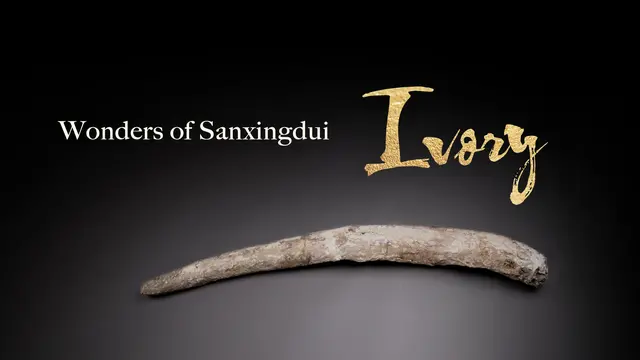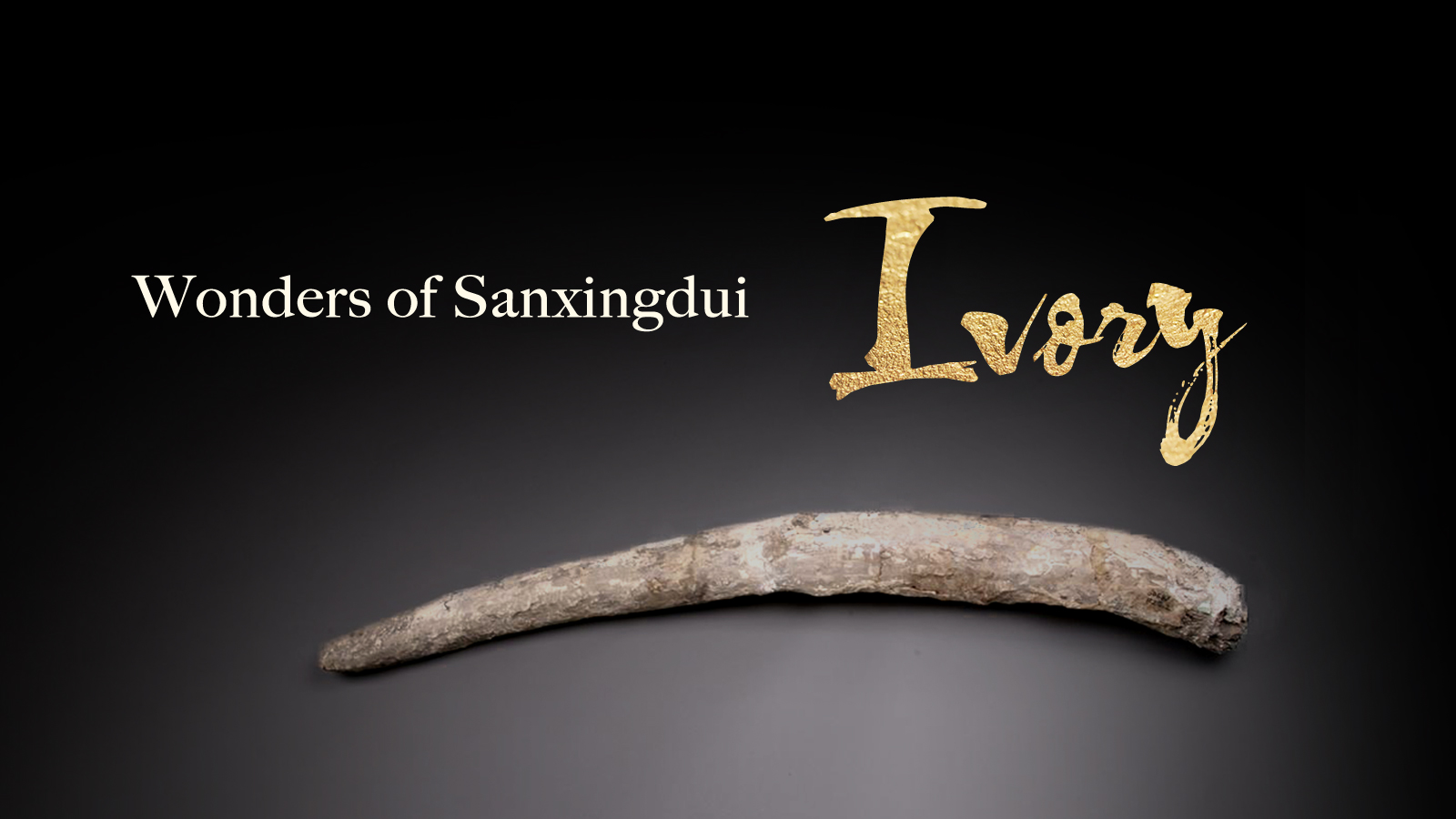
The Sanxingdui archaeological site located in Guanghan City, southwest China's Sichuan Province,is believed to be a remnant of the Shu Kingdom dating back 4,800 years. Chinese archaeologists launched a second excavation at Sanxingdui ruins in March after 35 years, which has brought growing interest to this ancient land.
Travelers from across the country have come to get a glimpse of the prehistorical mysteries on the first day of China's five-day Labor Day holiday this year. The museum, situated in the northeast of the state-protected Sanxingdui site, looks to make the tour more enjoyable by rolling out over 300 different types of cultural and creative products.
01:19
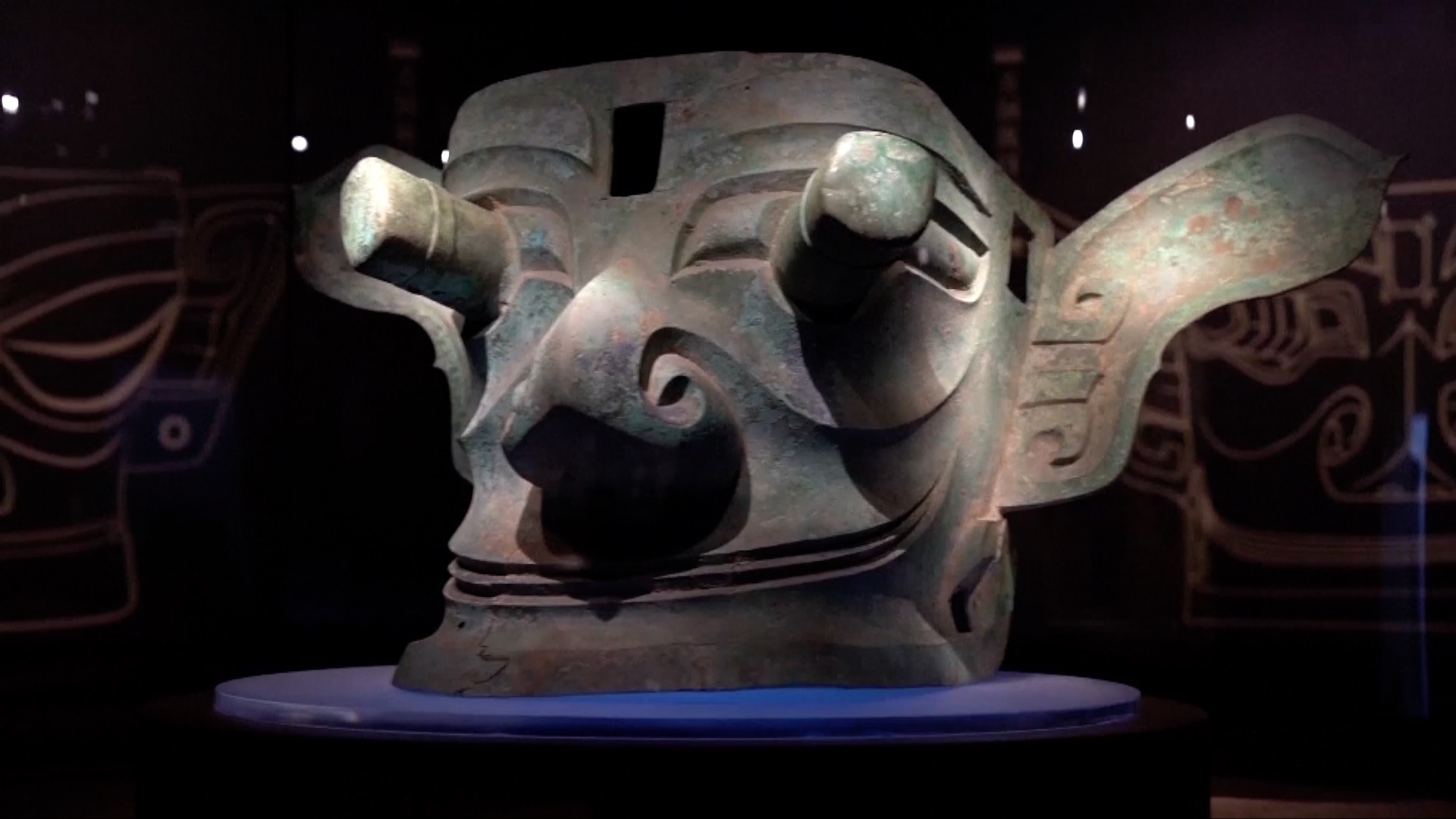
Among the eight major sacrificial pits that archaeologists have discovered, a wide range of cultural relics and artifacts were unearthed. Aside from pottery, jade, stone, gold and bronze objects, there are over 120 ivories from Sanxingdui that have garnered experts and netizens' interests.
Ivory Beads from No.2 sacrificial pit
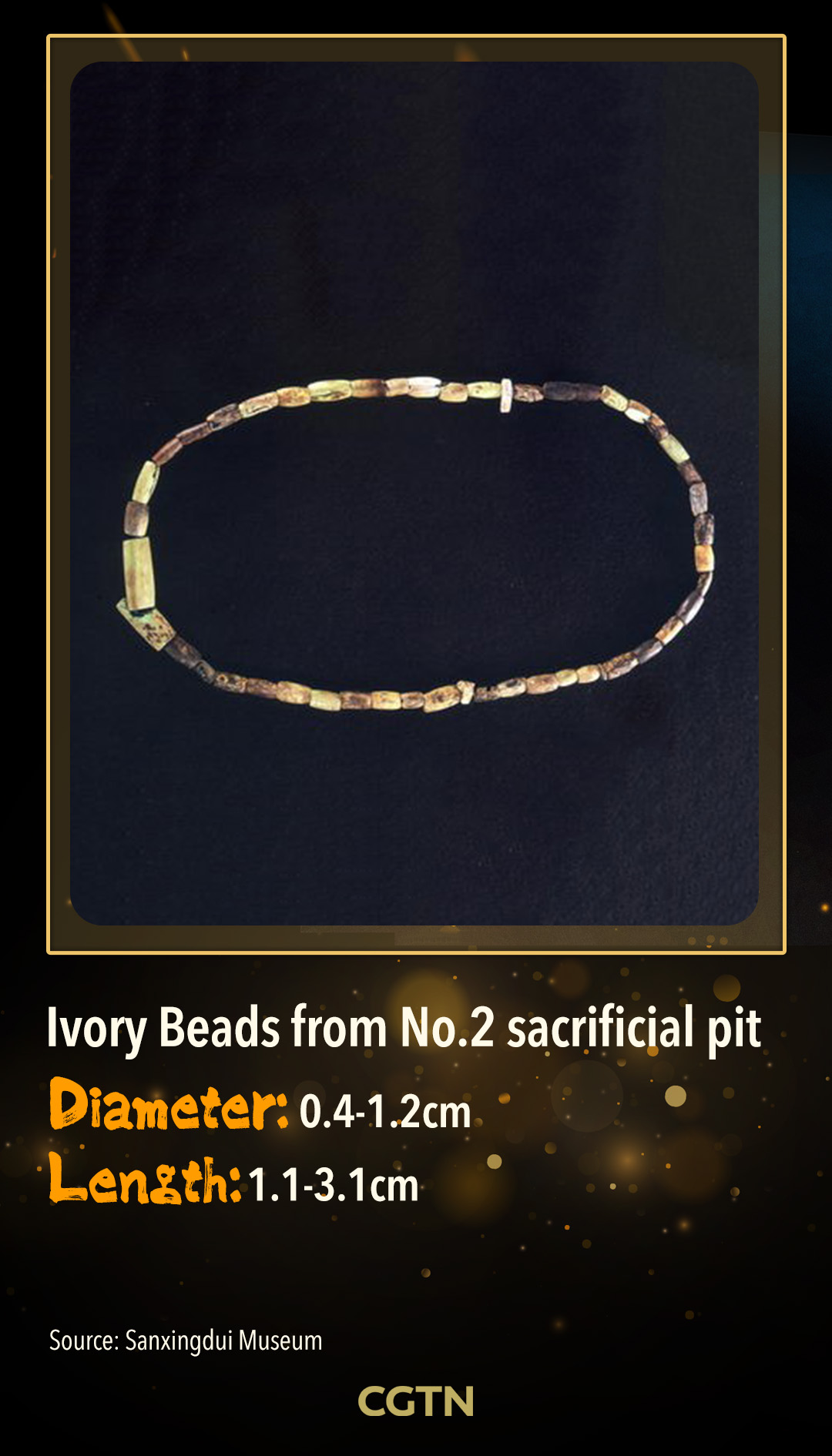
Unearthed from Sanxingdui's No.2 sacrificial pit, the ivory beads have a diameter of 0.4 to 1.2 centimeters, and a length from 1.1 to 3.1 centimeters. The beads usually have two shapes: long drum and calculated. The beads are of a long drum shape, painted with black circles on both sides.
Ivory was a symbol of wealth in ancient China. Ornaments and jewelry made from ivory belonged to the noble class during the Shu Kingdom, according to the Sanxingdui Museum. When the ivory beads were unearthed, they were mostly placed in bronze ritual vessels as offerings to the gods.
Ivory from No.2 sacrificial pit
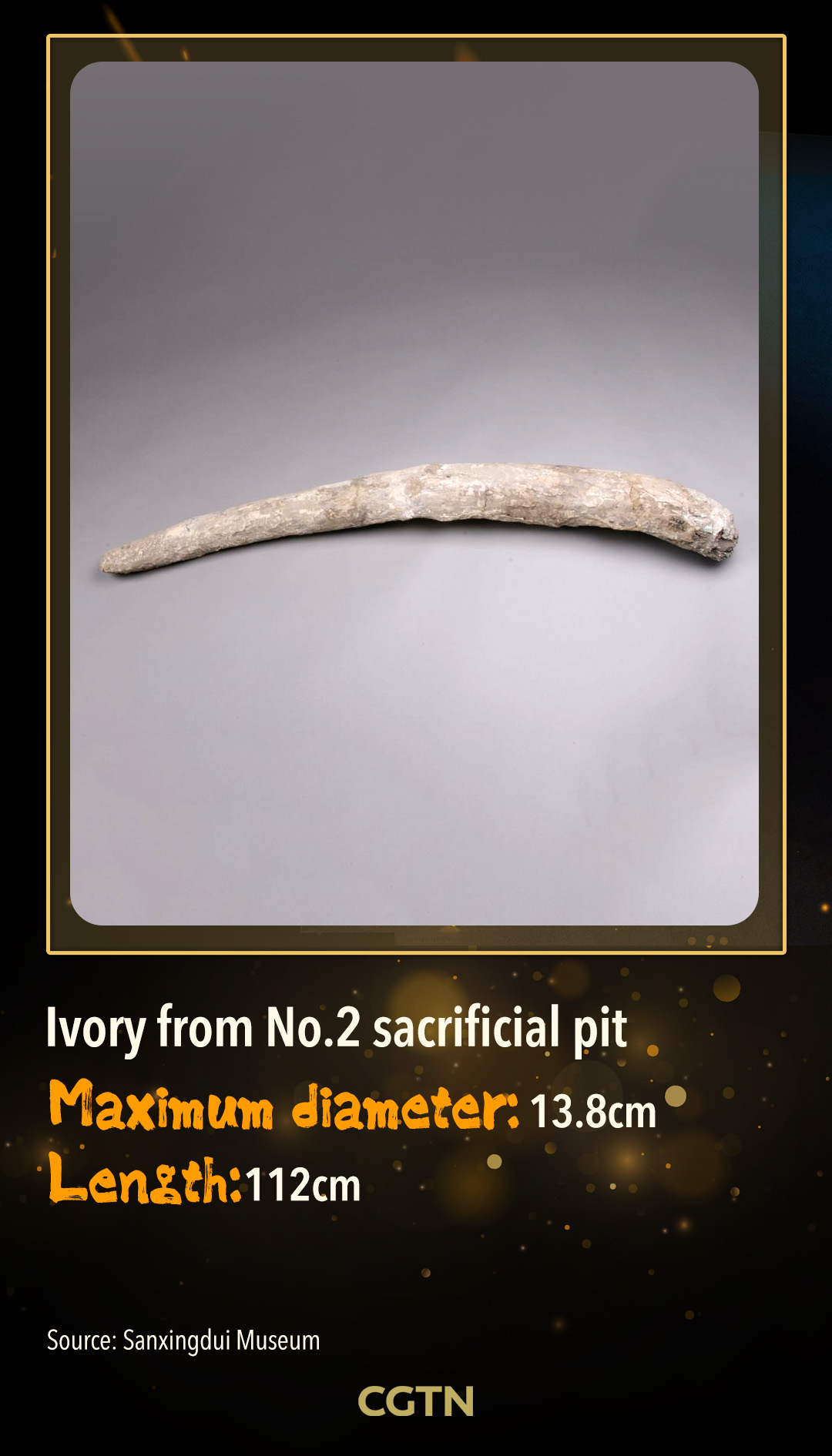
The maximum diameter of this ivory piece is 13.8 centimeters, measuring 112 centimeters long. Since the ivories of Sanxingdui were burned before they were buried long ago, the dentine of the ivory has been damaged.
The ivories lose water very quickly after being unearthed, hence why most of them have crumbled. Chemical repairs and other means of protection have helped preserve some of the ivory pieces, but the original color is no longer there.
The currently is no well-established method for the protection of ancient Shu ivory in the field of cultural relic protection. Archaeologists are using silicone to temporarily seal the ivories to buy time for further research into safer conservation methods.
Wonders of Sanxingdui: Jade wares
Wonders of Sanxingdui: Bronze wares
Wonders of Sanxingdui: Gold masks
Wonders of Sanxingdui: Gold ornaments
Wonders of Sanxingdui: Potteries
Wonders of Sanxingdui: Gold scepter and bronze weapons
(Cover image and infographics designed by Li Jingjie)
 简体中文
简体中文

